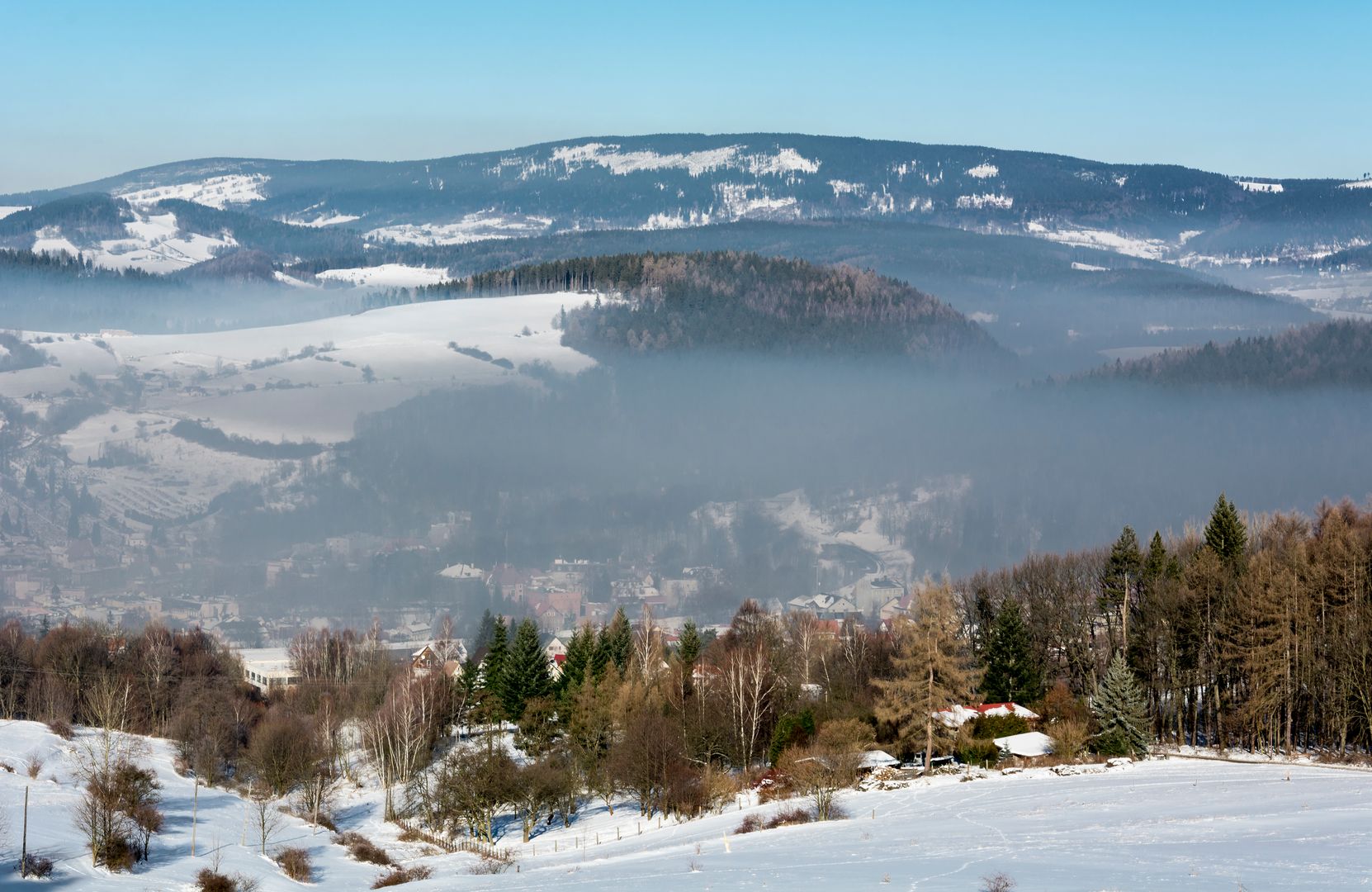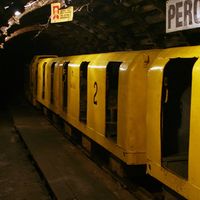Nowa Ruda
7.44

Overview
Nowa Ruda, a town located in the Middle Sudetes on the Włodzica River, is an important cultural and administrative center in the Lower Silesian Voivodeship. The town's history dates back to the 13th century, with the first written mention recorded in 1337. Over the centuries, the town came under various administrations, from Czech to Prussian, and a key event was its granting of town rights before 1360. Nowa Ruda is known for its rich industrial traditions, particularly coal mining, which has been significant since the 15th century, as well as weaving craftsmanship. In the 19th century, the town gained importance due to the development of industry and railways.
Today, Nowa Ruda is home to many cultural institutions, such as the Municipal Cultural Center, which organizes numerous artistic events, including the International Nowa Ruda Folk Meetings and the Festival of the Mountains of Literature. The Municipal Public Library, operating since 1949, boasts a rich collection of books and organizes poetry competitions. The town also has museums, including the Mining Museum and the Joseph Wittig House-Museum, which chronicles the history of Nowa Ruda. The town also has a rich religious life, with numerous churches and religious congregations. Nowa Ruda features interesting architectural objects, including monuments listed in the provincial register.
As a partner town to Wallers-Arenberg in France and Castrop-Rauxel in Germany, Nowa Ruda fosters international contacts. Despite economic difficulties following the decline of industry in the 20th century, the town strives to modernize and develop, particularly through investments in infrastructure and transport. Nowa Ruda is also a tourist region, encouraging outdoor activities, and in winter, it offers ski resorts.
Due to its geographical location, the town struggles with air pollution, making it one of the places with the worst air quality in Poland. Interestingly, in 2016, Nowa Ruda was among the most polluted towns in the European Union.
Location
You can also find here:
2025 Wizytor | All Rights Reserved
